A Visual Journey
Arts of Life
As a creative expression of an individual’s worldview and personal spiritual beliefs, art serves as a medium to express reverence and appreciation for nature and the divine Creator. In Bali, art is intricately woven into the fabric of cultural values.
Gamelan: Ancient Bronze Percussion Ensemble
According to ancient Balinese inscriptions and manuscripts, Selonding is the oldest type of Balinese gamelan, dating back to the 10th century. Selonding remains highly sacred and is exclusively played during religious ceremonies and traditional events. Certain ancient villages in Karangasem, such as Tenganan and Pegringsingan, continue this tradition.
The most common instrument is the metallophone, played with mallets and accompanied by the kendang (drum) to set the rhythm. Other instruments like the kemanak (banana-shaped idiophone) and gangsa (another type of metallophone) contribute to the rich tapestry of Balinese gamelan music. The resounding bronze gongs hold a central place in Balinese gamelan ensembles.
Wayang Bali: The Art of Shadow Puppetry
Recognized by UNESCO as a Masterpiece of Oral and Intangible Heritage of Humanity, wayang is a unique form of storytelling that combines intricately crafted shadow puppets with complex musical accompaniment. The term “wayang” literally means “shadow” or “imagination” in Javanese. In Bali, wayang involves the meticulous craftsmanship of flat leather puppets. These puppets are made from buffalo or cowhide, resembling delicate lacework. The leather is then coloured and attached to thin bamboo or buffalo horn handles, allowing controlled movement during wayang performances.
Wayang shows in Bali are typically accompanied by the Gamelan Gender Wayang, an ancient Balinese musical ensemble. These performances take place within the context of prayer rituals at temples (pura).
Balinese Hindus hold wayang performances in high esteem, often depicting spiritual themes. These themes draw from Hindu epics such as the Ramayana and Mahabharata.
According to Balinese philosophy, a wayang performance symbolizes the entire universe. The dalang (puppeteer) represents God, while the screen represents the world, including the atmospheric realm.
Balinese art transcends mere aesthetics; it becomes a conduit for spiritual expression, connecting humanity to the divine and the natural world.
Click Away and Take the Visual Journey

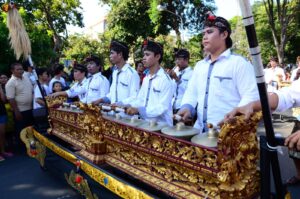
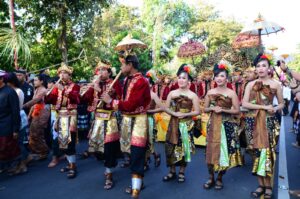
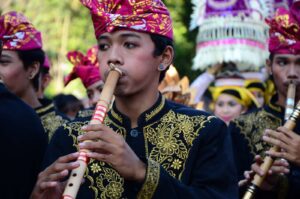
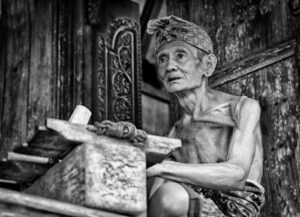
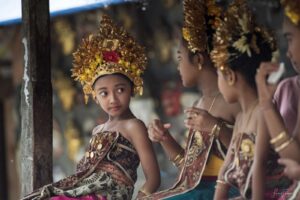
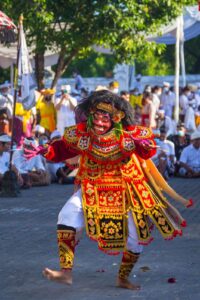
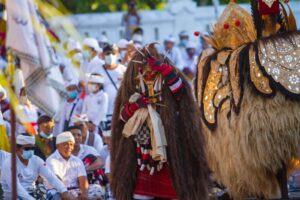

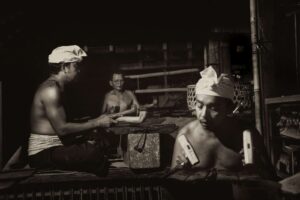
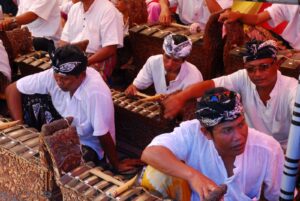
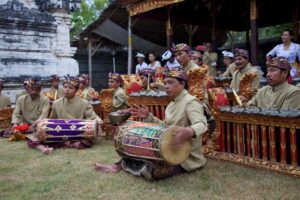
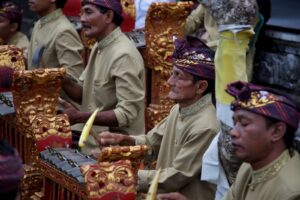
Visit Us Today
Join us at Bali Abode Museum and immerse yourself in the essence of Bali. Explore our exhibits and dive deep into a world of ancient kingdoms and vibrant traditions.
We're open WEDnesday to Sunday 9am to 6pm, except on public holidays.
Free admission. Exhibit captions are available in English and Bahasa Indonesia.
